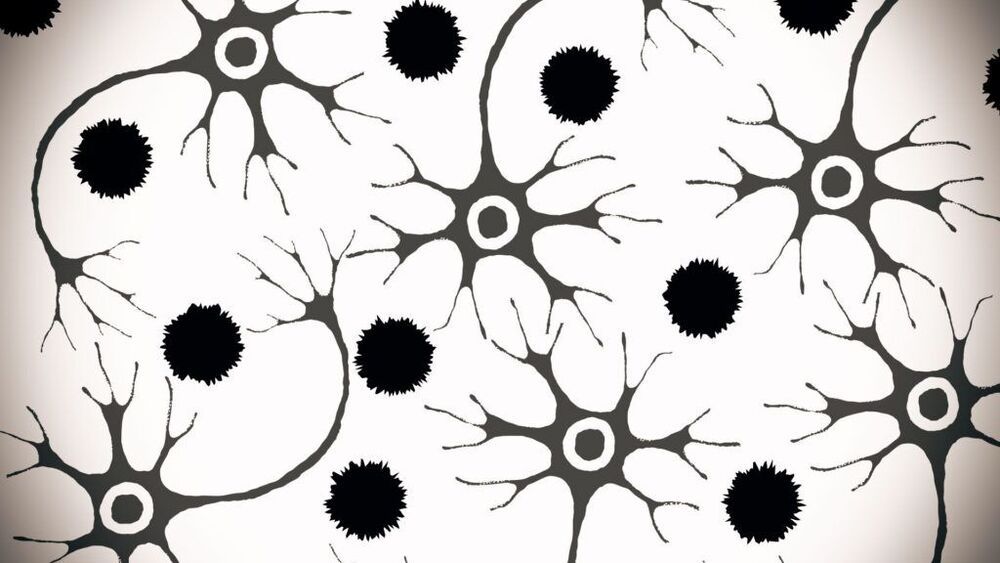B.1.1.28.2 variant.
India News: The National Institute of Virology, Pune, has detected a new Covid-19 variant — B.1.1.28.2 — through genome sequencing of samples from international t.
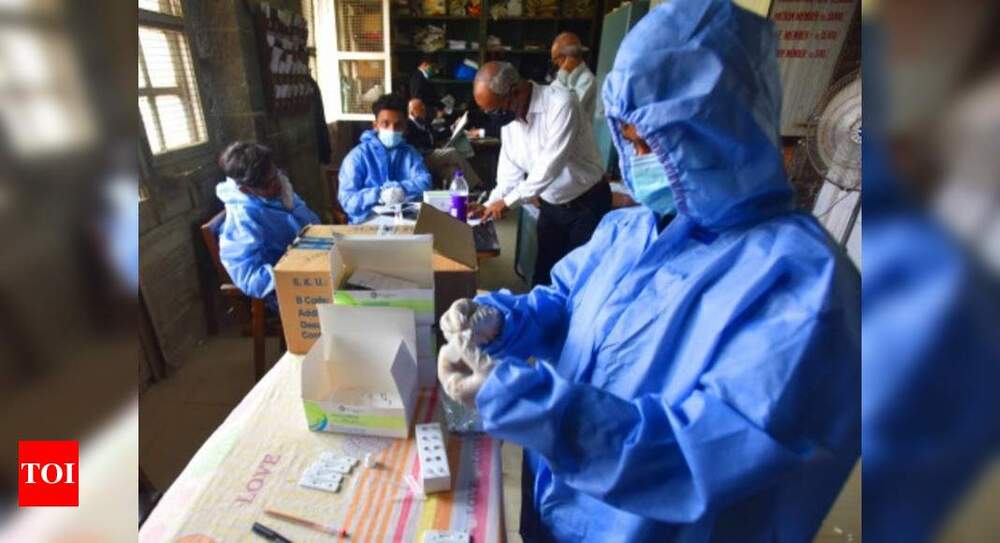
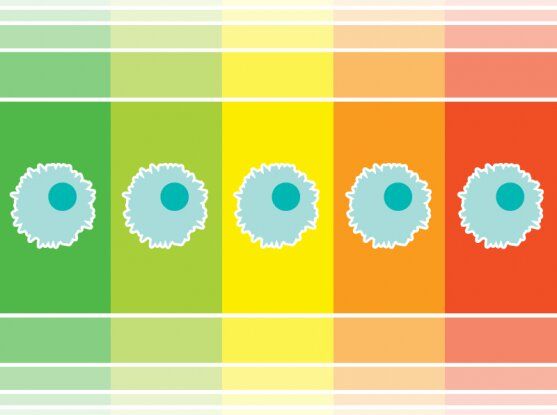
New research suggests age-related changes in blood cell chromosomes are a marker of impaired immunity.
A person’s risk of severe infections increases dramatically as they grow older, but scientists do not yet understand how age might be linked to weakened immunity. Now, research shows that certain age-related changes in blood cells are associated with a higher risk of a range of severe infections including severe COVID-19, other pneumonias, and sepsis.
Researchers analyzed genetic and clinical data from nearly 800000 patients from around the world. They discovered that people with a specific type of acquired rearrangement in the chromosomes of their blood cells, called mosaic chromosomal alterations (mCAs), were nearly three times more likely to develop sepsis and two times more likely to get pneumonia than those without mCAs. These genetic changes accumulate in blood cells with age and often indicate a common condition in the elderly called clonal hematopoiesis.
Health, Equity, And Economic Growth — Dr. Helene Gayle, MD, MPH, President and CEO, The Chicago Community Trust.
Dr. Helene D. Gayle, MD, MPH, is President and CEO of The Chicago Community Trust (CCT), one of the nation’s oldest and largest community foundations, and under her leadership, CCT has adopted a new strategic focus on closing the racial and ethnic wealth gap in the Chicago region.
An expert on global development, humanitarian, and health issues, for almost a decade, Dr. Gayle was president and CEO of CARE, a leading international humanitarian organization, and prior to that spent 20 years with the U.S. Centers for Disease Control, working primarily on HIV/AIDS. She also worked at the Bill & Melinda Gates Foundation, directing programs on HIV/AIDS and other global health issues.
Dr. Gayle serves on public company and nonprofit boards, including The Coca-Cola Company, Organon, Palo Alto Networks, Brookings Institution, Center for Strategic and International Studies, New America, ONE Campaign, Federal Reserve Bank of Chicago, and Economic Club of Chicago. She is a member of the American Academy of Arts and Sciences, Council on Foreign Relations, American Public Health Association, National Academy of Medicine, National Medical Association, and American Academy of Pediatrics.
Dr. Gayle was awarded the Chicago Mayor’s Medal of Honor for her work on COVID relief and recovery for the city. Named one of Forbes’ “100 Most Powerful Women” and one of Non Profit Times’ “Power and Influence Top 50,” she has authored numerous articles on global and domestic public health issues, poverty alleviation, gender equality, and social justice.
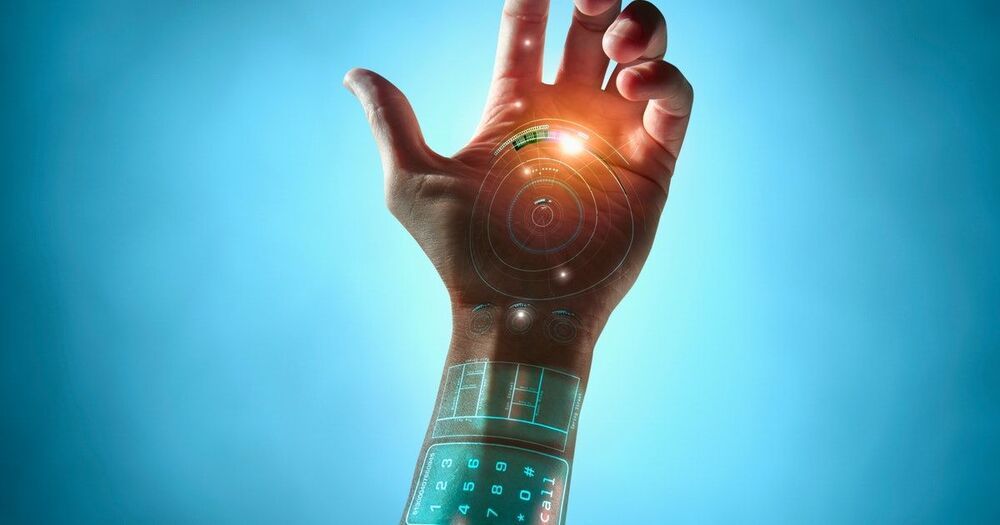
If hearing the words “military,” “soldier,” and “implant” all in the same sentence conjures images of Jason Bourne, you’re not alone — and with good reason.
The military is currently working with scientists to develop new technology to implant in soldiers. But this time it has less to do with creating superhuman assassins and more to do with quelling jet lag and diarrhea.
In May, researchers from Northwestern University signed a $33 million dollar contract with the Defense Advanced Research Projects Agency (DARPA) to develop a wireless implantable device that will function as a “living pharmacy” for military personnel. It’s called a living pharmacy because everything the “patient” needs can be produced by their own body.
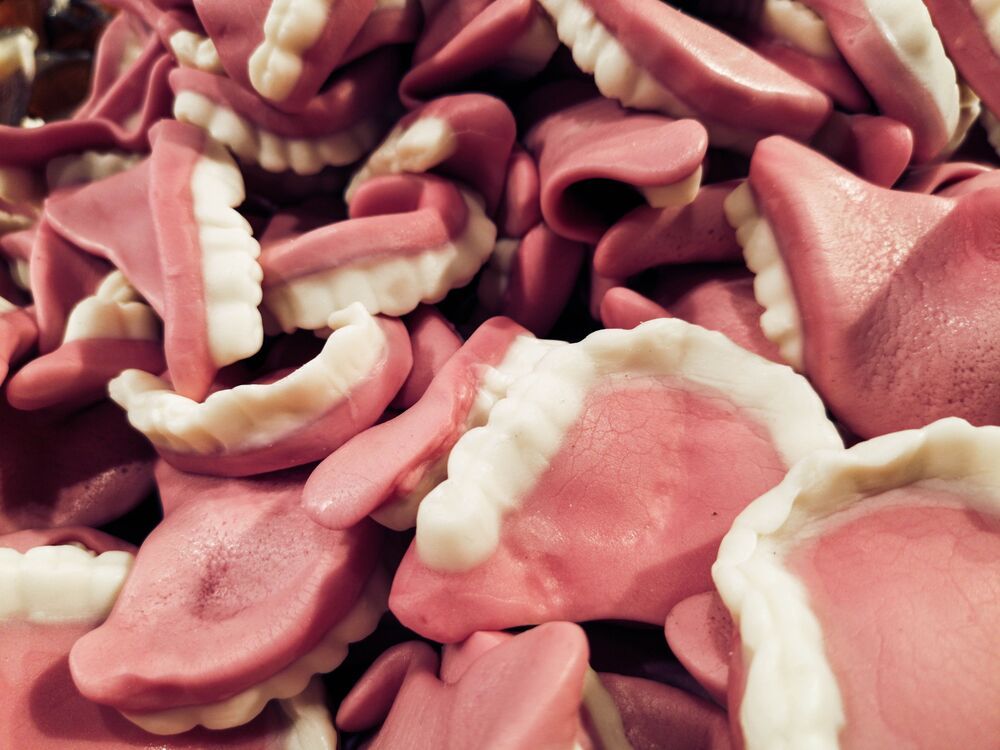
~Fun Sunday Links~
*See comments section*
~~~
For all the cool regenerative tricks the human body can do, it’s kind of weird that we only have one shot at tooth enamel with no way to get it back. That may be about to change, as researchers at the University of Washington have developed a lozenge that rebuilds this precious protective coating a few microns at a time and are taking it to the trial stage. Could it really work? It’s certainly something to chew on.
The lozenge uses a genetically-engineered peptide (a chain of amino acids) derived from a protein that’s involved in developing enamel in the first place, as well as with the formation of the root surface of teeth. Inside the lozenge, this peptide works alongside phosphorus and calcium ions, which are the building blocks of tooth enamel. It’s designed to bind to damaged enamel without harming the gums, tongue, or other soft tissues of the mouth.
The researchers have already verified the efficacy on teeth extracted from humans, pigs, and rats, so the trials will largely revolve around comparing it to other whitening methods and documenting their findings.
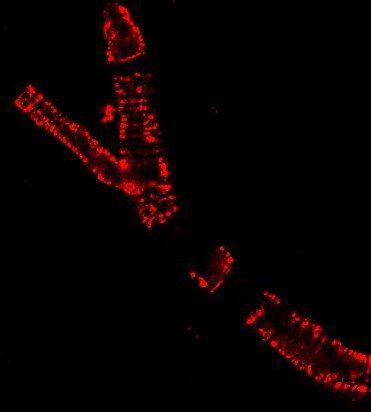
Another surprising fact is that genes that control zinc levels within cells are known to be associated with cardiovascular diseases including hypertension, and hypertension is also a known side effect of zinc deficiency. This new research provides explanations for these previously known associations.
High blood pressure, or hypertension, is the leading modifiable risk factor for cardiovascular diseases and premature death worldwide. And key to treating patients with conditions ranging from chest pain to stroke is understanding the intricacies of how the cells around arteries and other blood vessels work to control blood pressure. While the importance of metals like potassium and calcium in this process are known, a new discovery about a critical and underappreciated role of another metal—zinc—offers a potential new pathway for therapies to treat hypertension.
The study results were published recently in Nature Communications.
All the body’s functions depend on arteries channeling oxygen-rich blood —energy—to where it’s needed, and smooth muscle cells within these vessels direct how fast or slow the blood gets to each destination. As smooth muscles contract, they narrow the artery and increase the blood pressure, and as the muscle relaxes, the artery expands and blood pressure falls. If the blood pressure is too low the blood flow will not be enough to sustain a person’s body with oxygen and nutrients. If the blood pressure is too high, the blood vessels risk being damaged or even ruptured.
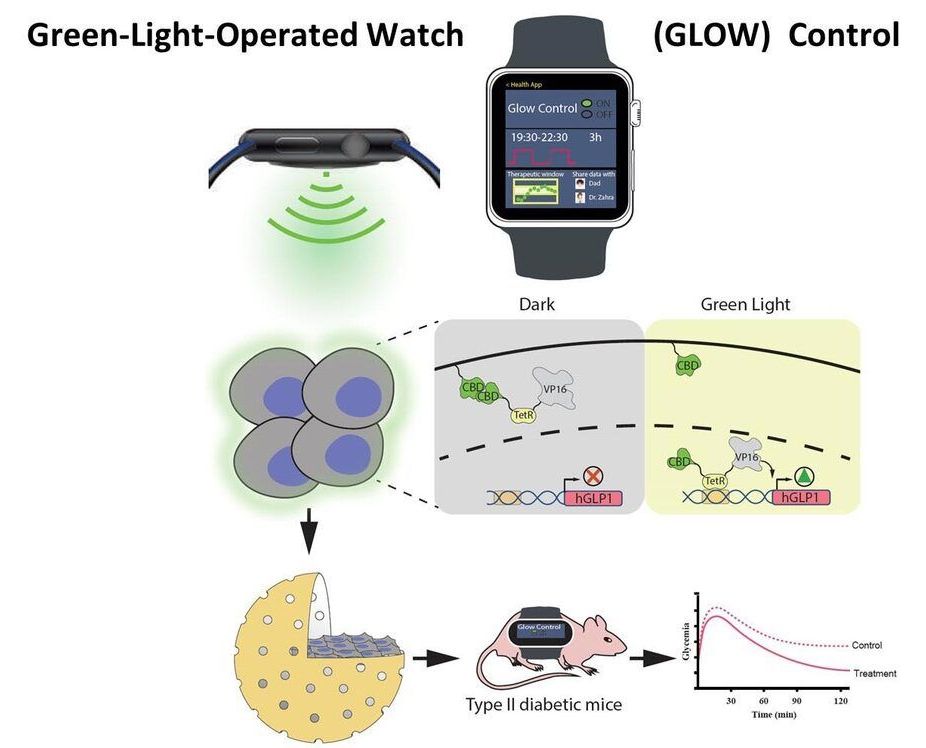
They need to speed these processes along.
Many modern fitness trackers and smartwatches feature integrated LEDs. The green light emitted, whether continuous or pulsed, penetrates the skin and can be used to measure the wearer’s heart rate during physical activity or while at rest.
These watches have become extremely popular. A team of ETH researchers now wants to capitalize on that popularity by using the LEDs to control genes and change the behavior of cells through the skin. The team is led by Martin Fussenegger from the Department of Biosystems Science and Engineering in Basel. He explains the challenge to this undertaking: “No naturally occurring molecular system in human cells responds to green light, so we had to build something new.”
Green light from the smartwatch activates the gene
The ETH professor and his colleagues ultimately developed a molecular switch that, once implanted, can be activated by the green light of a smartwatch.
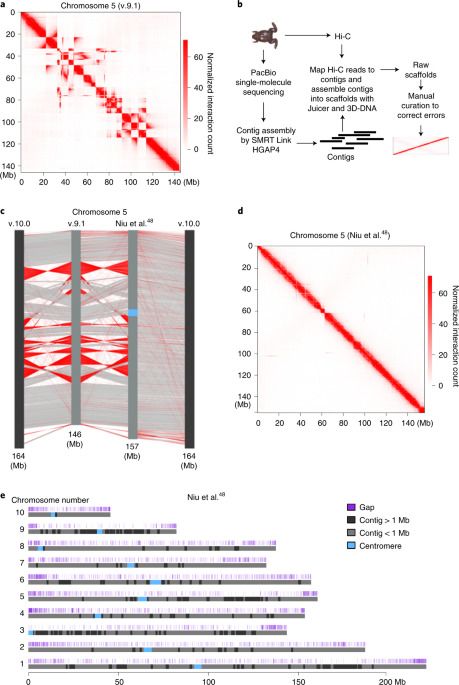
While carrying out high-throughput chromosome conformation capture (Hi-C) analysis on stage 8 (s8) X. tropicalis embryos, we noticed that chromatin interactions plotted at 100-kilobase (kb) resolution using the reference genome v.9.1 showed inversions, misplacements and gaps in nearly every chromosome (Fig. 1a and Extended Data Fig. 1). Thus, to accurately characterize the genome folding patterns in X. tropicalis, we conducted a de novo genome assembly of X. tropicalis using Hi-C and single-molecule sequencing42,43,44 (Fig. 1b). The newly assembled genome fixed most misplacements, inversions and gaps (Fig. 1c, d, Extended Data Fig. 2 and Supplementary Fig. 1). This new version of the genome was also longer (Supplementary Table 1 and Fig. 1e) and centromere interactions can now be detected (Supplementary Fig. 2). During the preparation of this work, v.10.0 of the X. tropicalis genome was released. While both v.10.0 and our assembly fixed major errors, both versions are still flawed with visually identifiable errors (Supplementary Fig. 1; blue and green arrows). A comparison of the three versions is shown in Supplementary Table 1. Conclusions from the following analyses are the same whether we used v.10.0 or our assembled genome.
To examine when the 3D chromatin architecture is established in X. tropicalis, we generated in situ Hi-C maps on hand-picked s8 embryos (Fig. 2a). A high-resolution (5-kb) inspection of chromatin contact heatmaps failed to reveal any distinct patterns (Fig. 2b), indicating the lack of structural organization before MBT. Next, we determined whether chromatin structures will emerge when rapid synchronized cell division ends by carrying out in situ Hi-C on s9 embryos. Although weak, TAD-like structures appeared across chromatin contact heatmaps (Fig. 2b), suggesting that TAD structures start forming as MBT begins in X. tropicalis.
We continued to examine the changes in chromatin conformation at later developmental stages (stages 10, 11, 12, 13, 15, 17, and 23) after major ZGA (Fig. 2b). TAD boundaries increased progressively from 2471 at s9 to 3000 at s11 (Extended Data Fig. 3a, b). This level was maintained throughout the later developmental stages and with relatively stable median TAD sizes (Extended Data Fig. 3a, b). Consistent with this pattern, the percentage of the genome folded into TADs positively correlated with the number of TADs established at each stage (Extended Data Fig. 3c). Overall, TAD borders were stable during development (Fig. 2c) and contained a high level of gene expression (Extended Data Fig. 3D, e).

The study found that children following vegan diets were on average 3 cm (1.2 inches) shorter, had 4–6% lower bone mineral content and were more than three times more likely to be deficient in vitamin B-12 than the omnivores.
Children on vegan diets have a healthier cardiovascular profile and less body fat than their omnivore peers, but the diets may affect growth, bone mineral content and micronutrient status, according to researchers from UCL Great Ormond Street Institute of Child Health and the Children’s Memorial Health Institute in Warsaw, Poland.
The peer-reviewed study, published in the American Journal of Clinical Nutrition, also found that children following vegetarian diets had a lower risk of nutritional deficiencies compared to the omnivores, but a less healthy cardiovascular profile.
For the study, 187 healthy 5 to 10-year-olds in Poland were recruited in 2014–2016. Of those, 63 children were vegetarians, 52 vegans and 72 omnivores. The team then collected data on growth, body composition, cardiovascular risk, and micronutrient status in vegetarian or vegan children and compared them to the group of children who consumed meat in their diet.
